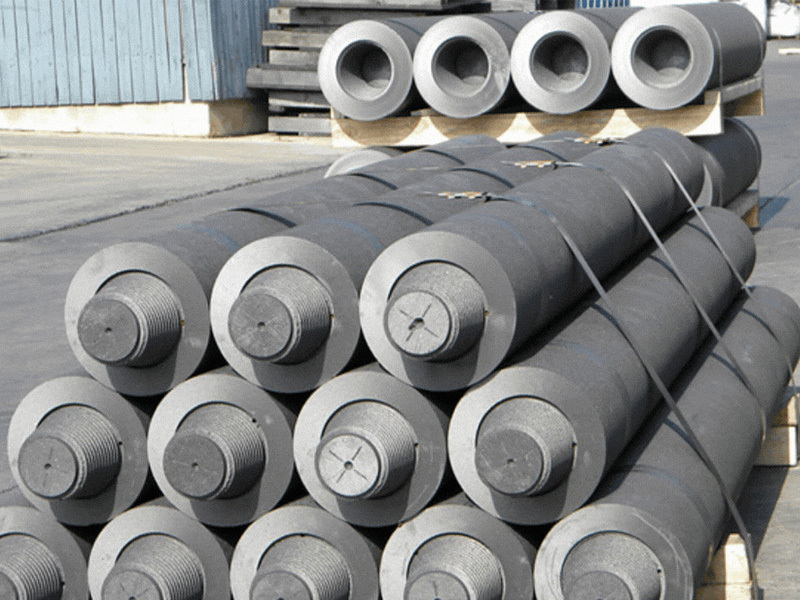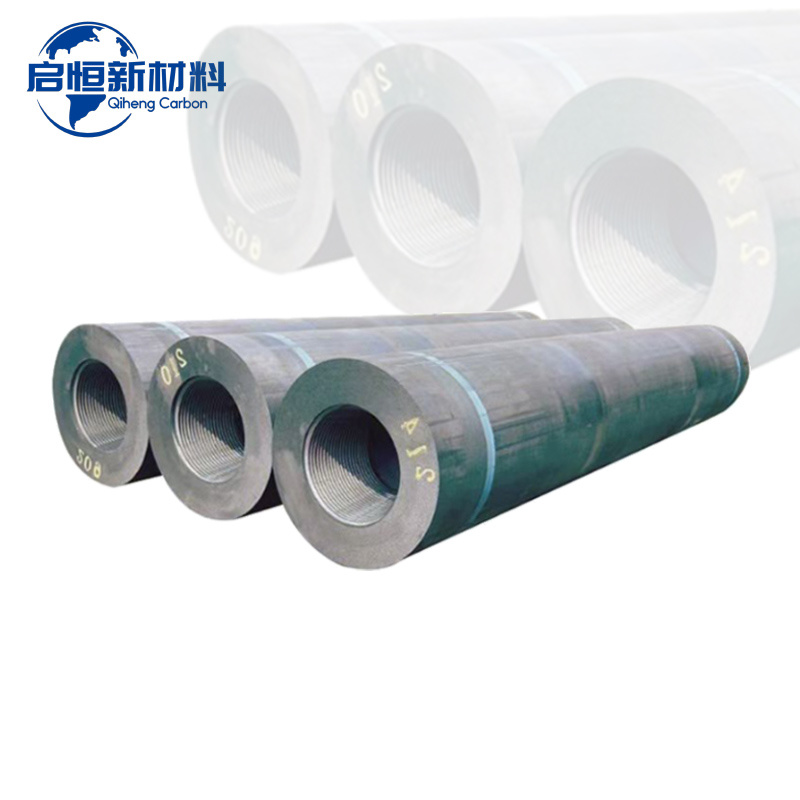Advantages and disadvantages of graphite electrodes

Graphite electrodes are widely used in the steelmaking industry due to their high thermal conductivity, good electrical conductivity, and high melting point. However, like any material, graphite electrodes also have their own advantages and disadvantages.
Advantages:
1. High thermal conductivity: Graphite electrodes have a high thermal conductivity, which allows them to withstand high temperatures without deforming or melting. This makes them ideal for use in electric arc furnaces, where temperatures can reach up to 3,000 degrees Celsius.
2. Good electrical conductivity: Graphite electrodes have a high electrical conductivity, which allows for efficient transfer of electrical energy to the steel melt. This helps to reduce energy consumption and improve the overall efficiency of the steelmaking process.
3. High melting point: Graphite electrodes have a high melting point, which allows them to withstand the extreme heat generated during the steelmaking process. This helps to prolong the lifespan of the electrodes and reduce the frequency of electrode changes.
4. Low impurity content: Graphite electrodes have a low impurity content, which helps to reduce the risk of contamination in the steel melt. This ensures that the final product meets the required quality standards.
5. Cost-effective: Graphite electrodes are relatively cost-effective compared to other types of electrodes, making them a popular choice for steelmakers looking to reduce costs without compromising on quality.
Disadvantages:
1. Fragility: Graphite electrodes are relatively fragile and can be prone to breakage if not handled with care. This can lead to production delays and increased maintenance costs.
2. Oxidation: Graphite electrodes are susceptible to oxidation at high temperatures, which can lead to a reduction in their lifespan. This can increase the frequency of electrode changes and add to the overall production costs.
3. Limited availability: Graphite electrodes are made from natural graphite, which is a finite resource. This can lead to fluctuations in supply and demand, resulting in price volatility and potential shortages.
4. Environmental impact: The production of graphite electrodes can have a significant environmental impact, particularly in terms of energy consumption and carbon emissions. This has led to increased scrutiny on the use of graphite electrodes in the steelmaking industry.
In conclusion, graphite electrodes have several advantages that make them an attractive choice for steelmakers. However, they also have some drawbacks that need to be considered when deciding whether to use them in the steelmaking process. Overall, graphite electrodes remain a popular choice for their high performance and cost-effectiveness in the steelmaking industry.
Previous:
Focus On Hot Spots
RP Graphite Electrodes: Transforming Conductivity in Metallurgical Processes
The Essential Guide to Graphite Blocks in Metallurgy and Energy Industries









